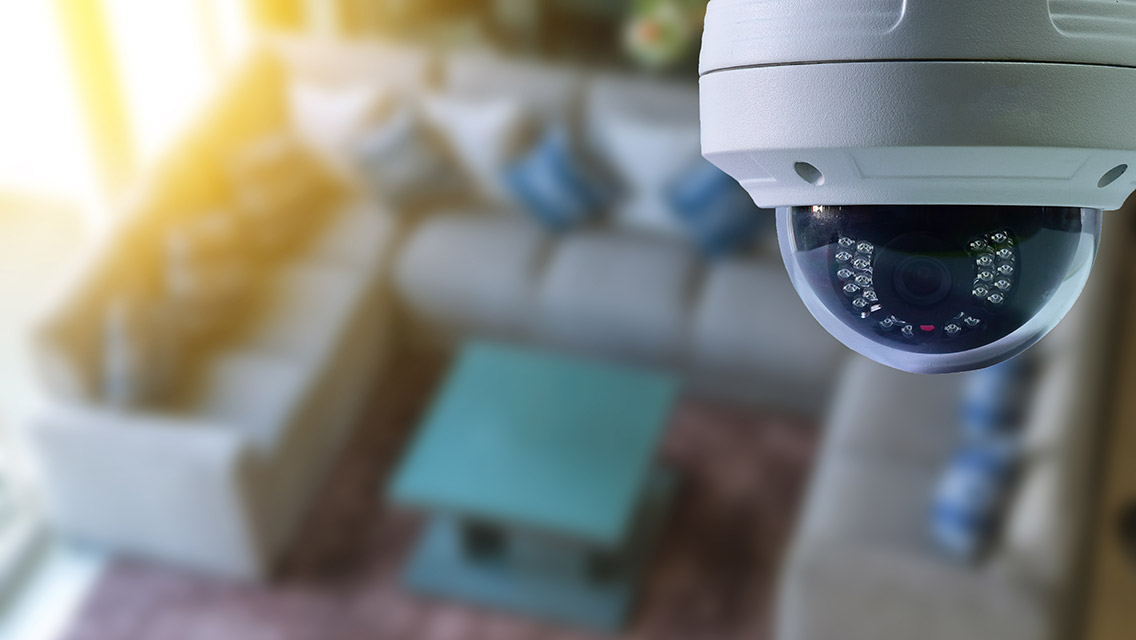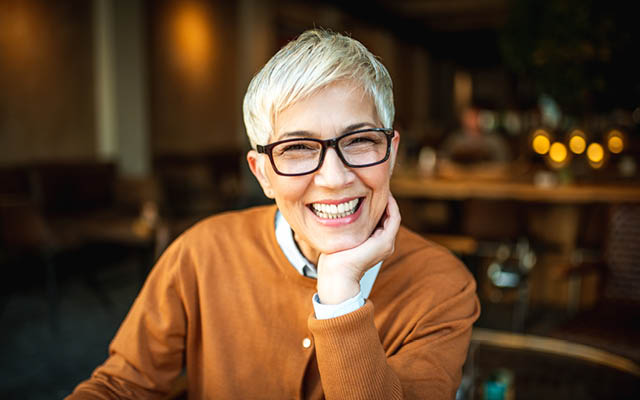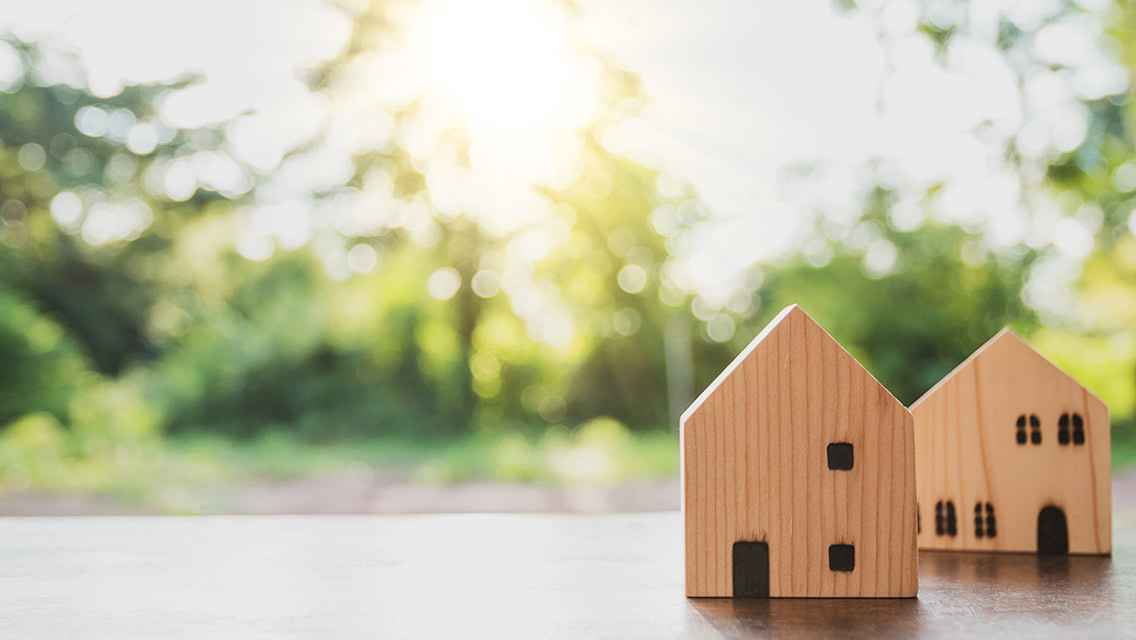My Lovely Wife and I don’t see much of our offspring these days. Our daughter and her spouse live an hour south of us and are mostly incommunicado. Our daughter-in-law shows up on Friday afternoons to deliver our grandson for his weekly ransacking of the den, and our son arrives six hours later to pick him up, but it’s mostly a handoff — an all-too-brief glimpse of their current well-being. It was just MLW and me at our Thanksgiving table last week; they all had other plans.
Let’s not make more of this than is necessary, I muse in my less self-absorbed moments. The kids have carved out their own lives, just as we’d hoped they would. Nobody’s asking us for emergency infusions of cash anymore. They know how to change a flat tire. They don’t need help moving. Still, the thought does occasionally arise: Would it kill ya to pick up the phone and give us a call once in a while?
We have grown increasingly irrelevant — for the time being.
It makes me wonder, though, how we’ll navigate the whole in-home-care situation down the road when MLW and/or I can no longer be trusted to keep ourselves out of harm’s way without some sort of adult supervision. Maybe the kids will stop by more often to check on us, but I suspect our tech-savvy progeny will more likely turn to some surveillance solution.
As Heather Kelly reports in the Washington Post, there are already plenty of options and more than a few concerns. On the upside, Amazon’s Echo and Alexa, Google’s Nest Hub Max, and other devices can help connect the elderly with their loved ones and give seniors a better chance to live independently. If the surveillance devices are installed without mutual consent and provide mostly one-way communication, however, they can lead to privacy issues — and even neglect.
And the home-monitoring industry is still in its infancy, notes L. Jean Camp, PhD, a professor at Indiana University School of Informatics and Computer. “There has not been any company that has embraced really reciprocal, empowering caregiver-centric technology.”
Amazon is testing a $20 monthly service called Alexa Together that would enable seniors to choose when to switch on the monitoring devices and alert loved ones when that occurs. It would also offer a 24/7 emergency response when contacted via an Alexa device. Meanwhile, Apple has added a feature to its iPhone and Apple Watch options that allows homebound elderly to share changes in their health status — physical activity, heart rate, sleep patterns, and such — with their caregivers.
Then there’s Amazon Astro, a small, roving robot that’s equipped with cameras and microphones and designed to wander around the house, keep an eye on things, and avoid tripping the occupants. When I mentioned this technological marvel to MLW, she was ready to sign up if it doubled as a vacuum cleaner but wondered whether our two cats would consent to such an invasive presence.
Privacy issues have predictably cropped up. Most of us have grown accustomed to the way our digital devices and social-media platforms track our consuming choices and location, but that’s far less disconcerting than knowing someone’s watching us on camera — or even simply checking our vital signs on a regular basis. And as creepy as that may seem, all this well-intentioned monitoring may in some cases lead to less rather than more contact.
AgeWise Home founder Florence Macauley, who specializes in modifying living spaces for the elderly, recalls how a new surveillance system changed the life of a senior whose children lived nearby. “One client told me, ‘My kids just watch me on the camera, but they don’t come visit me,’” she says. “I know how much it bothered him. He made me wave to the camera.”
That’s the thing about technological replacements for human contact: They can’t perform the practical tasks — and provide the social contact — that’s often necessary to keep elderly loved ones out of the hospital or nursing home. Sachin Shah, MD, MPH, an assistant professor of medicine at the University of California, San Francisco, and a team of researchers tracked a group of seniors over the course of nine years and discovered that it was the caregiving of friends or family members that was best able to prevent a lengthy hospital stay after a medical emergency.
“I found that we often admit people to the hospital not just because of their medical needs but also because of their social needs,” Shah explains.
I’m hoping that it will be a few more years before MLW and I will need to consider such arrangements. By that time, perhaps our current aversion to home monitoring will have eased and the available surveillance options will include robots that vacuum the rugs and entertain the cats. Anything’s possible, I suppose.
Like an invitation to brunch, extended yesterday by our daughter. No cameras required.





This Post Has 0 Comments